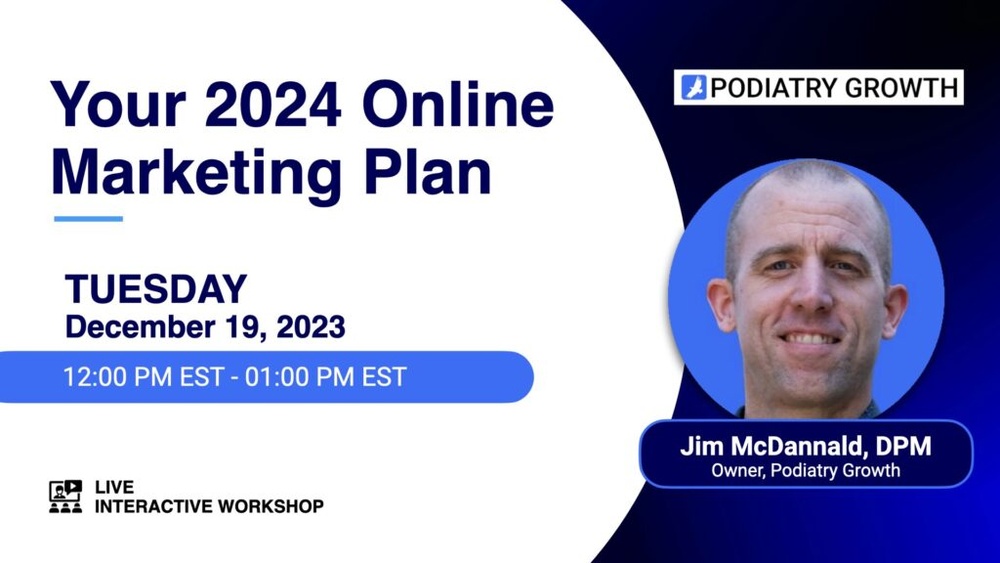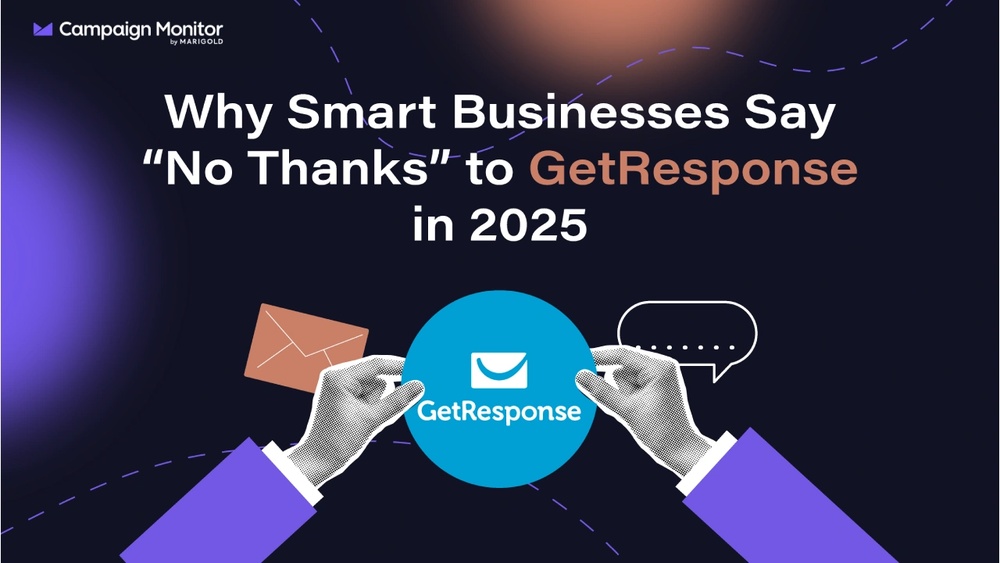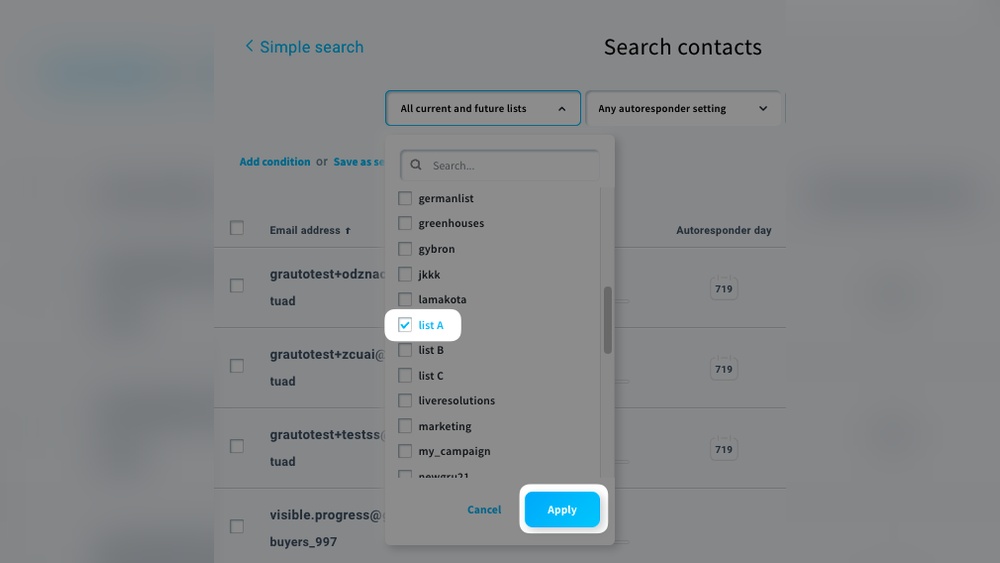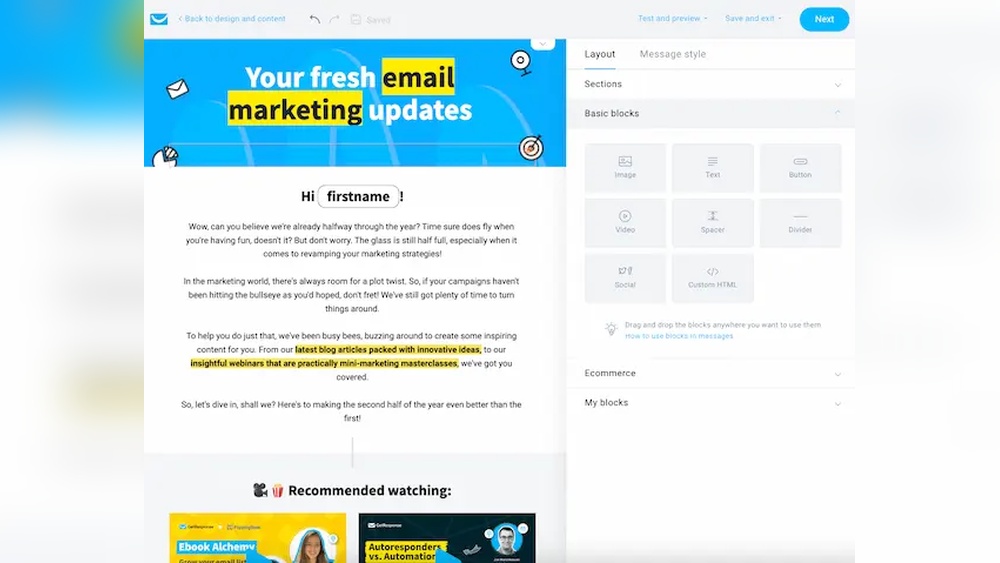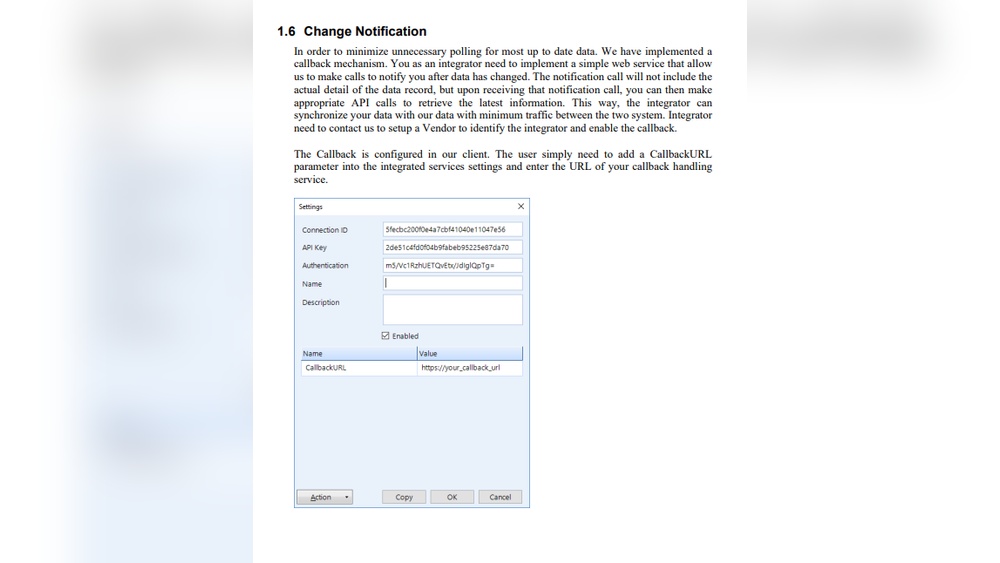Are you looking to boost your business’s reach and engage with your audience more effectively? Email marketing could be your golden ticket.
Picture this: a simple yet powerful tool that allows you to communicate directly with your customers, build lasting relationships, and drive sales—all from the comfort of your own inbox. With the right strategies, email marketing can transform the way you connect with your audience.
But how do you get started? How can you ensure your emails stand out in a crowded inbox? We’ll guide you through the essential steps to implement email marketing successfully. By the end, you’ll have a clear roadmap to create compelling campaigns that resonate with your audience and achieve your marketing goals. Ready to unlock the potential of email marketing for your business? Let’s dive in.
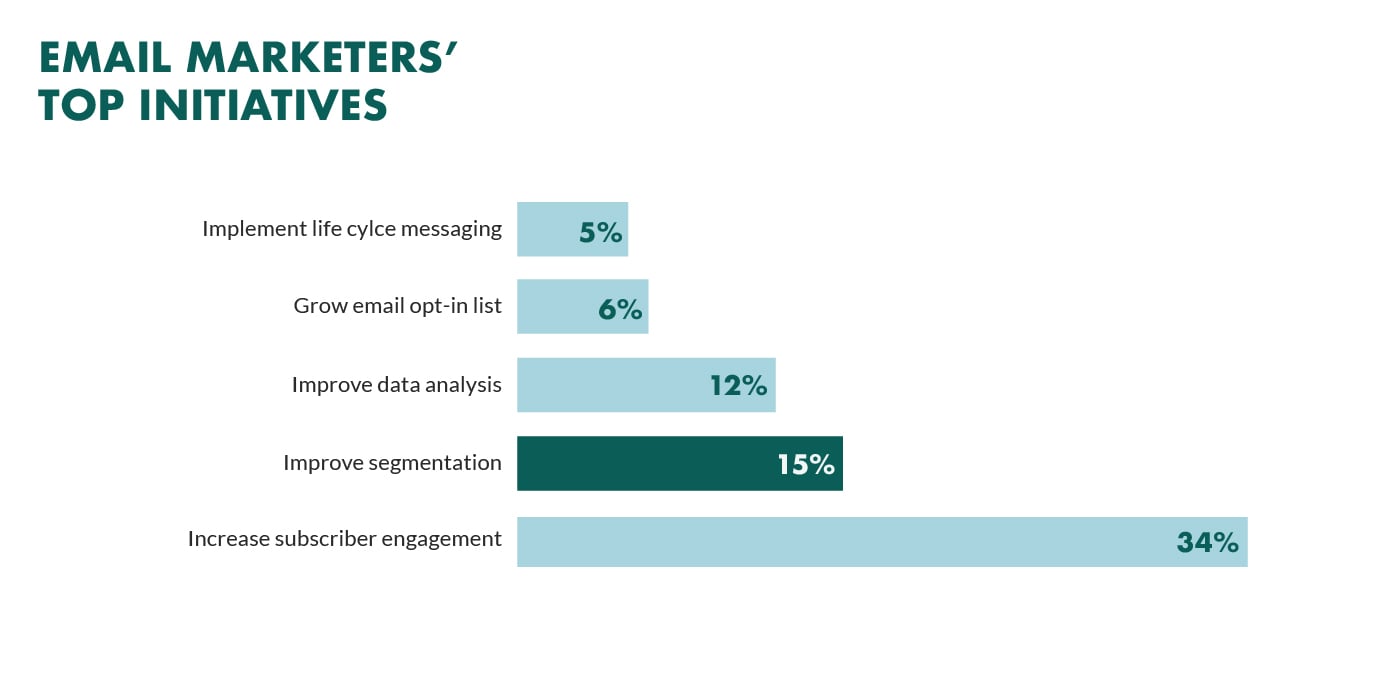
Credit: www.superoffice.com
Understanding Email Marketing Basics
Email marketing is a powerful tool for businesses. It helps connect with customers directly. It is essential to grasp its basics for effective use. Knowing the core elements can lead to successful campaigns. Let’s explore what email marketing is and its benefits.
What Is Email Marketing?
Email marketing involves sending messages to a group of people. These messages are delivered through email. They can be newsletters, promotions, or updates. The goal is to engage and build relationships with the audience. It is a cost-effective way to reach many people.
Benefits Of Email Marketing
Email marketing offers many advantages for businesses. First, it is cost-effective. Sending emails is cheaper than other forms of advertising. This makes it accessible for small businesses too.
Second, it is targeted. Businesses can send specific messages to specific groups. This increases the chances of engagement and conversion. It allows personalized communication with the audience.
Third, it is measurable. Businesses can track how many people open their emails. They can also see who clicks on links. This helps in understanding what works and what doesn’t.
Finally, email marketing builds relationships. Regular communication keeps businesses in the minds of their customers. It nurtures trust and loyalty over time.
Setting Goals For Your Campaign
Crafting clear goals is crucial for email marketing success. Define your audience, message, and desired outcomes. Track progress to refine strategies.
Setting goals for your email marketing campaign is crucial. Clear objectives guide your strategy. They ensure you stay focused and achieve desired results. Without goals, your efforts may lack direction. This can lead to wasted resources.Before launching your campaign, identify your main objectives. Are you aiming for increased sales, brand awareness, or customer engagement? Define these targets clearly. They will shape every aspect of your campaign.Identifying Your Audience
Knowing your audience is key. Who are your emails reaching? Are they existing customers or potential leads? Understanding your audience helps tailor your messages. Age, interests, and buying habits can influence your approach. Use this information to create personalized content. This increases engagement and conversion rates.Defining Success Metrics
Success metrics measure your campaign’s effectiveness. Decide what counts as success. Is it the open rate, click-through rate, or conversion rate? Set specific targets for these metrics. They provide a clear picture of your campaign’s performance. Regularly monitor these metrics. Adjust your strategy based on the results. This helps improve future campaigns.Building Your Email List
Building your email list is crucial for effective email marketing. Focus on creating engaging content that interests your audience. Encourage sign-ups by offering value, like exclusive content or discounts.
Building a strong email list is the backbone of any successful email marketing strategy. It’s not just about gathering as many emails as possible but ensuring that the subscribers on your list are genuinely interested in what you have to offer. A well-curated list can lead to higher engagement, more conversions, and a better return on investment. But how do you build such a list effectively?###Techniques For List Building
Start by offering something of value in exchange for an email address. This could be a discount, a free eBook, or exclusive access to webinars. Make sure what you’re offering aligns with the interests of your target audience.Use sign-up forms effectively on your website. Place them in strategic locations like the homepage, blog posts, or as pop-ups. The key is to make them visible but not intrusive.Leverage social media to your advantage. Promote your email list on platforms like Instagram or Facebook by sharing the benefits of signing up.Encourage word-of-mouth referrals by asking your current subscribers to share your emails with friends who might be interested. Sometimes, a personal recommendation is all it takes to gain a new subscriber.###Maintaining List Hygiene
Keeping your list clean is just as important as building it. Regularly remove inactive subscribers who haven’t engaged with your emails in a while. This helps improve your open rates and deliverability.Segment your list based on different criteria like interests, purchase history, or engagement levels. This ensures that you send targeted content that resonates with each group.Use double opt-in to confirm the email addresses you collect. This reduces the chances of fake or mistyped emails entering your list.Periodically ask your subscribers to update their preferences. This keeps your data fresh and ensures you’re sending content that matches their current interests.Have you ever received an email that you have no interest in? It’s frustrating, right? By maintaining list hygiene, you ensure your subscribers always find value in what you send them.What strategies do you plan to use to build and maintain your email list? Remember, a quality list is more powerful than just a large one.Creating Compelling Content
Crafting engaging content is essential for effective email marketing. Capture attention with clear subject lines and concise messages. Use simple language and ensure your emails provide value, encouraging readers to act.
Creating compelling content is the heart of successful email marketing. It’s what drives your subscribers to open, read, and click through your emails. Without engaging content, even the most sophisticated email marketing strategy can fall flat. So, how do you create content that captivates your audience? It starts with two crucial elements: crafting engaging subject lines and designing effective email copy.Crafting Engaging Subject Lines
Your subject line is the first impression your email makes. It’s like the book cover that determines if someone wants to read further. A compelling subject line can increase your open rates significantly.Consider using questions that spark curiosity. “Did you see this new trend?” invites your reader to discover more. You might also try personalization, such as mentioning the recipient’s name or a past purchase.Keep it short and sweet. Aim for 6-10 words that pack a punch. Avoid all caps or excessive punctuation, as these can trigger spam filters.Designing Effective Email Copy
Once you’ve captured attention with your subject line, your email copy needs to deliver. Start with a strong opening. Make your first sentence count by addressing a problem or tapping into your reader’s desires.Use bullet points or numbered lists for clarity. They help break down information into digestible chunks.Keep your paragraphs brief and focused. Each one should convey a single idea or benefit.End with a clear call-to-action. What do you want your reader to do next? Make it obvious and easy to follow.Remember the time when you received an email that was difficult to read? Did you bother finishing it? That’s why readability is key. Use simple language and a conversational tone to keep your audience engaged.Are your emails providing value to your readers? Whether it’s a special offer, insightful content, or a helpful tip, ensure your readers feel it’s worth their time.Choosing The Right Email Platform
Selecting an email platform involves assessing features, costs, and user-friendliness. Effective email marketing requires a reliable system for managing contacts and campaigns. Evaluate platforms based on analytics, automation, and support to ensure smooth implementation.
Choosing the right email platform is crucial for successful email marketing. Your choice affects deliverability, engagement, and analytics. It ensures your emails reach the right audience at the right time. With many options available, making the right choice can be challenging. Consider features, budget, and support when selecting a platform.Evaluating Features
Look for a platform with user-friendly design tools. Drag-and-drop editors help create attractive emails easily. Check for automation capabilities to schedule and personalize emails. Analyze your audience with robust reporting and analytics tools. Integration with existing tools like CRM systems is essential. Also, consider customer support options for assistance when needed.Budget Considerations
Determine your budget before choosing a platform. Some platforms offer free plans with limited features. Paid plans often provide advanced features and better support. Compare different plans to find one that fits your needs and budget. Consider the value you get from the platform’s features. Investing in the right platform can save money in the long run.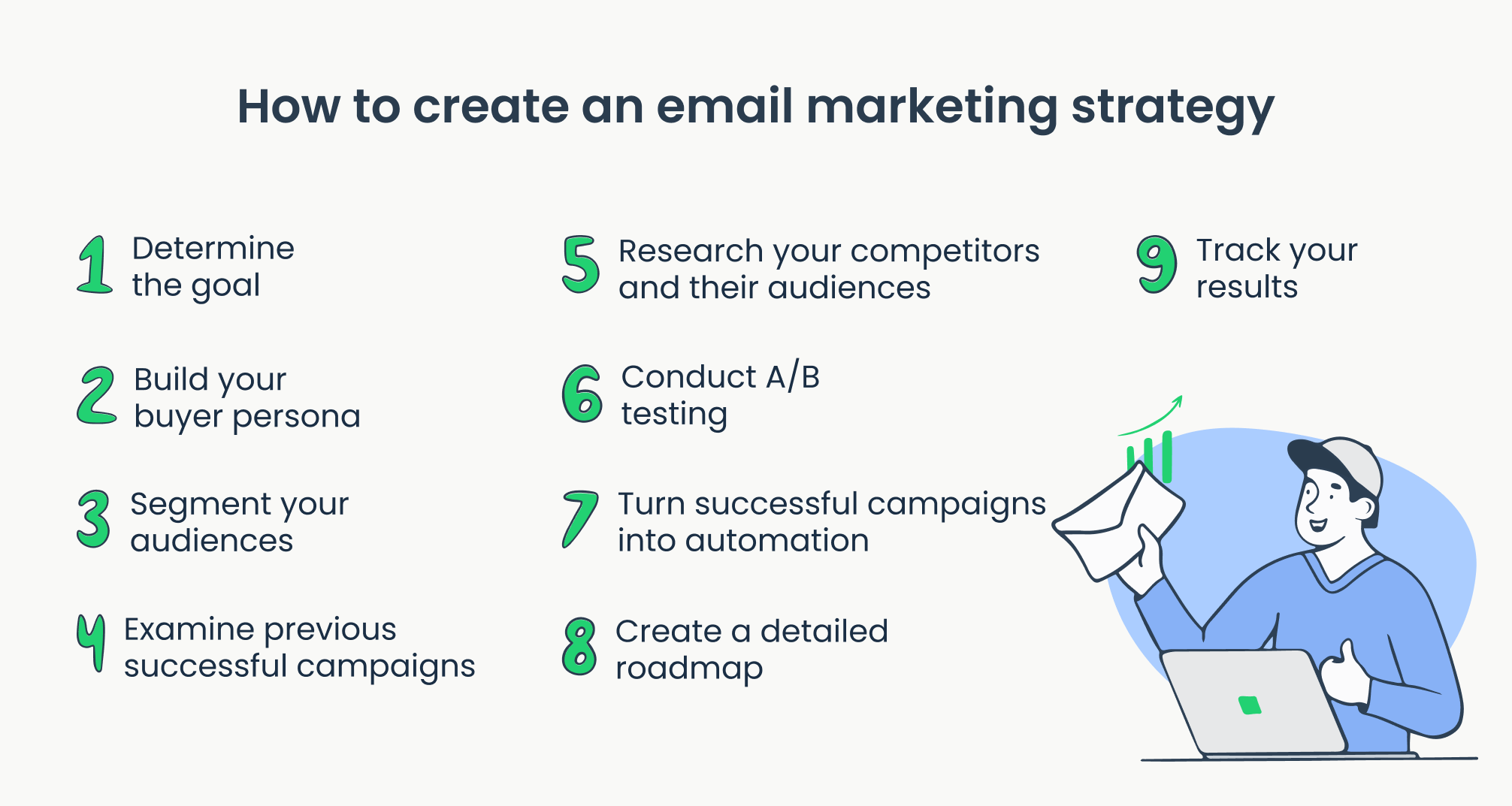
Credit: mailtrap.io
Automating Your Campaign
Automate your campaign by implementing email marketing strategies. Schedule emails to reach your audience consistently. Personalize messages to increase engagement and build stronger connections.
Automating your email marketing campaign can save time and boost efficiency. It helps deliver the right message at the right time. Automation allows you to focus on other important tasks. You can nurture leads without manually sending each email. Let’s explore how to set up email sequences and personalization techniques.Setting Up Email Sequences
Creating email sequences involves planning a series of emails. These emails send automatically based on triggers or schedules. Start by mapping out the customer journey. Decide what messages fit each stage. Use tools like Mailchimp or Constant Contact. These platforms offer user-friendly interfaces. Drag and drop features make it easy to design emails. Test your sequences before launching. Ensure everything works as planned. Regularly review and adjust your sequences. This ensures they remain effective and relevant.Personalization Techniques
Personalization increases engagement rates. Start by addressing recipients by their name. Use dynamic fields to insert names into emails. Segment your audience into different groups. Base segments on interests, behaviors, or purchase history. Tailor your content to each segment. Personalized subject lines can improve open rates. Use past interactions to customize offers. Send birthday or anniversary emails with special discounts. Monitor the results of personalized emails. Adjust your strategy based on performance data.Testing And Optimizing
Crafting effective email marketing involves testing and optimizing strategies to boost engagement. Utilize A/B testing to refine subject lines and content. Analyze performance metrics to continuously improve email effectiveness.
Implementing email marketing without testing and optimizing is like shooting arrows in the dark, hoping they hit the target. Testing and optimizing your email campaigns can help you improve engagement, boost conversions, and maximize your return on investment. By systematically testing different elements and analyzing performance metrics, you can uncover what truly resonates with your audience and refine your strategy for better results.A/b Testing Strategies
A/B testing is a powerful tool for email marketers. It allows you to compare two versions of an email to see which performs better. Start by testing one element at a time, such as subject lines, call-to-action buttons, or images.For example, if you’re unsure whether your audience prefers a casual or formal tone, draft two emails with different styles. Send each to a small segment of your list, then measure which gets more clicks or opens. This data-driven approach can guide your choices and help craft emails that truly engage.Analyzing Performance Metrics
Once your emails are sent, the real work begins with analyzing performance metrics. Look at open rates, click-through rates, and conversion rates. These indicators tell you how well your emails are performing.If you notice a low open rate, consider tweaking your subject lines. A high click-through rate but low conversion might mean your landing page needs work. Regularly review these metrics to understand what’s working and what needs improvement.Ask yourself: What changes can make your emails more effective? Dive into the numbers and let them guide your next move. Keep experimenting with different strategies to optimize your email marketing efforts.Testing and optimizing is not a one-time task but a continuous process. As you learn more about your audience, adjust your strategies accordingly. Embrace the data and let it steer your campaigns towards success.Ensuring Compliance And Security
Email marketing offers businesses a direct line to their audience. But ensuring compliance and security is crucial. Adhering to regulations protects your brand and builds trust with subscribers.
Understanding Gdpr And Can-spam
The General Data Protection Regulation (GDPR) governs data protection in the EU. It requires clear consent from subscribers before sending emails. Make sure to provide an easy opt-out option.
The CAN-SPAM Act applies to commercial emails in the United States. It mandates clear subject lines and the inclusion of the sender’s physical address. It’s important to follow these rules to avoid penalties.
Protecting Subscriber Data
Safeguarding subscriber data strengthens your brand’s credibility. Use secure servers to store subscriber information. Regularly update your security protocols to prevent data breaches.
Encrypt sensitive information to protect against cyber threats. Train your team about the importance of data security. Handling subscriber data responsibly is key to maintaining trust.
Measuring Campaign Success
Implementing email marketing effectively involves setting clear goals and tracking key metrics. Measure open rates, click-through rates, and conversion rates to understand campaign performance. Continuously analyze results to optimize future strategies and enhance engagement.
Measuring the success of your email marketing campaign is crucial. Without knowing what works and what doesn’t, how can you improve? By focusing on analytics and adjusting strategies, you can ensure your efforts are effective and your audience is engaged.Interpreting Analytics
Understanding analytics can feel like learning a new language. But it’s essential for evaluating your email marketing success. Look at metrics like open rates, click-through rates, and conversion rates. Each tells you something different. Did your subject line grab attention? Is your content compelling enough to make readers click? These numbers provide answers.Consider using tools like Google Analytics or your email provider’s built-in analytics. They offer valuable insights. You can see which emails perform best and learn from them. Are there patterns in the time of day or day of the week when your emails are opened more? Use that information to schedule future emails.Don’t forget to measure bounce rates and unsubscribe rates. A high bounce rate could mean issues with your email list quality. While a high unsubscribe rate may indicate your content isn’t resonating. Be curious and dig into these figures to understand the story they tell.Adjusting Strategies Based On Results
Analytics without action is like a map without a destination. Use your findings to refine your approach. Did a particular subject line perform well? Experiment with similar phrases. If an email had a high engagement rate, analyze its format and try replicating it.Suppose you notice low open rates. Consider A/B testing different subject lines or send times. This can reveal what your audience prefers. Remember, small changes can lead to big improvements.I once sent out an email campaign that flopped—terrible open rates. Instead of giving up, I re-evaluated my strategy. I tweaked the subject line and send time. The next campaign saw a 30% increase in open rates. It’s all about learning and adapting.Engage with your audience by asking for feedback. What do they want more of? Less of? Use their responses to guide your future campaigns. After all, successful email marketing isn’t just about sending emails. It’s about creating a conversation and building relationships.What steps will you take to ensure your next campaign is a success? Remember, the data is there to guide you. Use it wisely.
Credit: www.techfunnel.com
Frequently Asked Questions
How Do You Implement Email Marketing?
Implement email marketing by building a targeted email list. Craft engaging content and design visually appealing templates. Use personalization and segmentation for relevance. Schedule regular campaigns and track performance with analytics. Optimize based on feedback and data insights for continuous improvement.
What Are The 5 Steps Of Email Marketing?
The five steps of email marketing are: Define your goals, build your email list, create engaging content, schedule and send emails, and analyze results. These steps help optimize campaigns for better engagement and conversion rates.
How Much Is A 1000 Email List Worth?
The value of a 1000 email list depends on factors like engagement and industry niche. Typically, it ranges from $100 to $1000. High-quality, targeted lists can lead to better conversions and increased worth. Always consider list quality over quantity for effective marketing.
Conclusion
Email marketing can boost your business when done right. Follow the steps mentioned. Keep your audience interested. Build strong relationships. Track your results regularly. Make sure your content is valuable. Personalize your messages. Respect privacy and permissions. Test different strategies to find what works best.
Focus on clear, engaging subject lines. Monitor open and click rates closely. Adjust your approach based on feedback. Keep learning and improving. Stay consistent with your efforts. Over time, you’ll see growth and engagement. Email marketing is a powerful tool.
Use it wisely for success.

